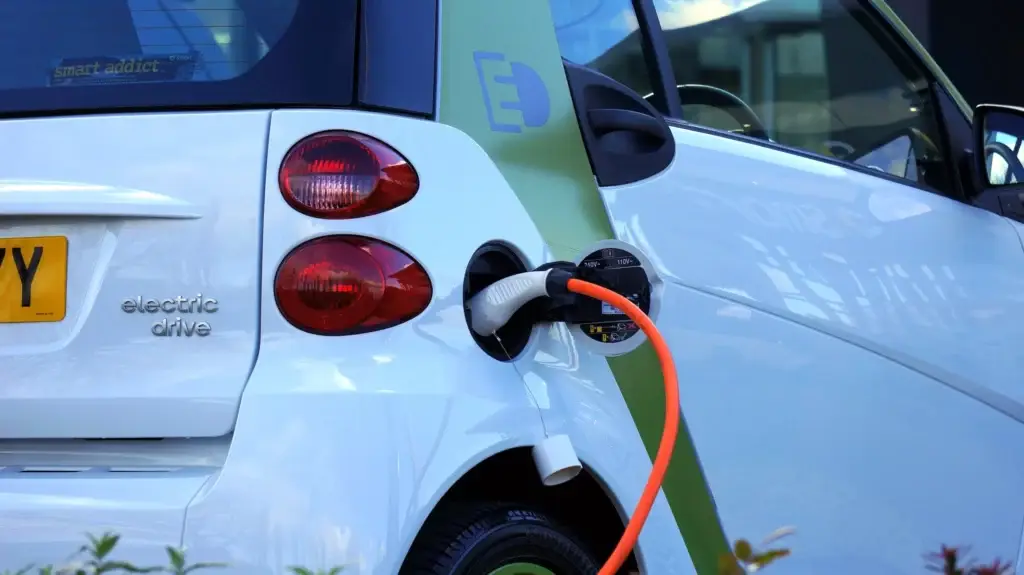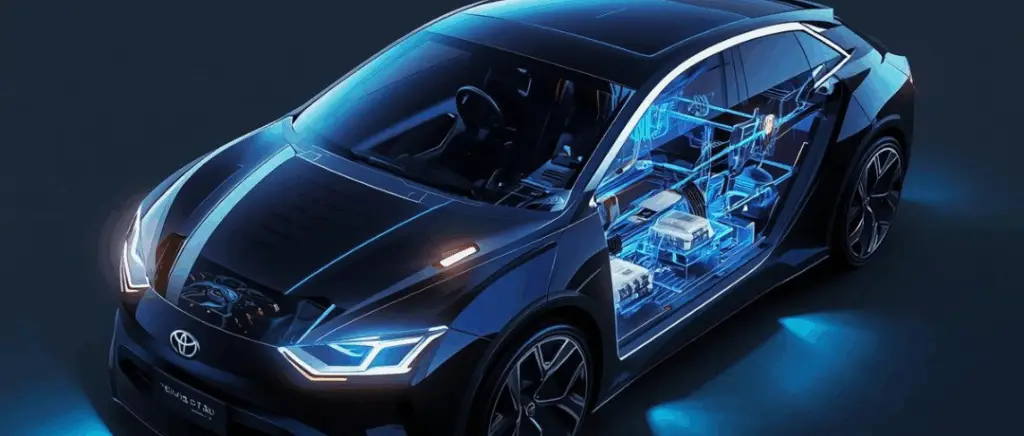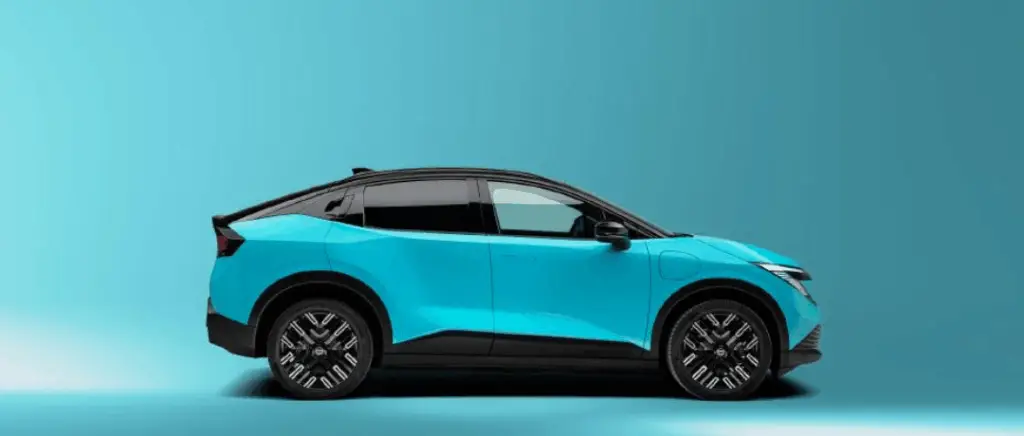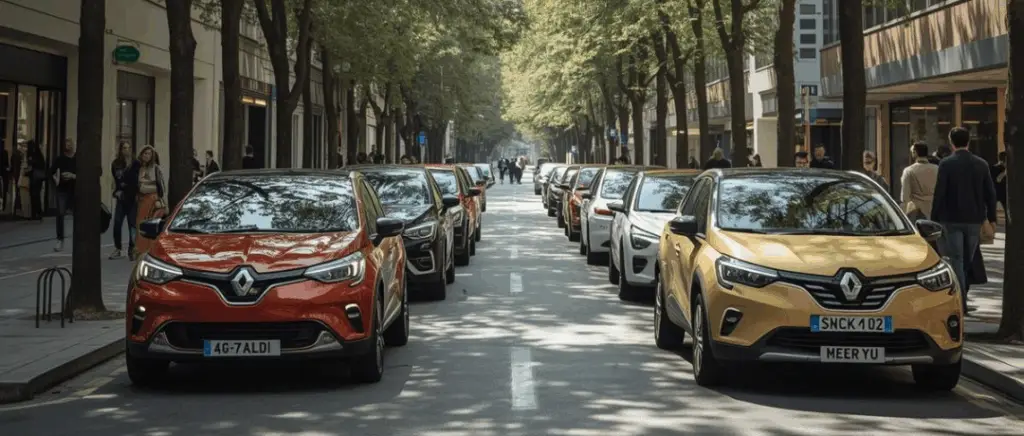Our experts answer your questions with a smile
Monday to Friday 9am - 12.30pm - 2pm - 7pm
What is "plug & charge"?
An agreement between several players
The plug & charge protocol is the result of an agreement between several parties on a standard. Various elements interact in the operation, and each element is managed by a different entity.
You are going to connect a charging cable to your vehicle which will have been manufactured by a manufacturer (Renault, Volkswagen, Kia, Audi...). Then you connect your electric car to a recharging point made by another manufacturer, operated by an operator like Freshmile or Ionity... All the players involved in your top-up need to work together and get their stories straight so that you can walk away with the best possible performance. battery The simplest way of doing this is to avoid the risk of someone pretending to be you in order to recharge their vehicle at your expense.
This agreement is reflected in the adoption of a technology standard: ISO 15118.
For example, the players agree on the different certificates to be used (which makes it possible to uniquely identify that it is your vehicle, linked to your recharging contract, that is connected and not another).
the ISO 15118 standard
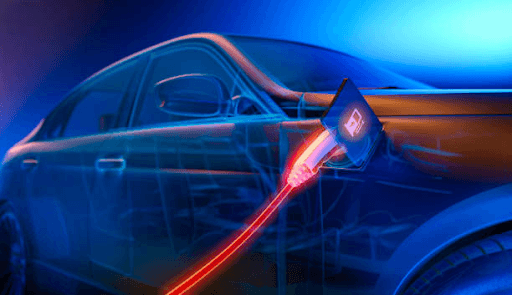
In use and on paper, the technology may seem very simple. Behind the screen, however, it is anything but.
The electricity grid is a sensitive infrastructure. Just imagine someone pretending to be you and connecting to your recharging contract at your expense. You would immediately lose confidence in the technologies you use (car, charging point, operator, etc.).
During recharging, your electric vehicle and the recharging point exchange a large volume of information.
To guarantee the security and integrity of this information, your electric car and the recharging point must exchange data in a completely secure manner to prevent potential attacks or malicious actions against you through ill-intentioned use of the information exchanged.
To achieve this, the Plug & Charge protocol must be able to :
- Encrypt and decrypt the data to ensure that no third party or malicious actor is able to retrieve the information. This guarantees confidentiality.
- Detect whether a received data message has been altered between sender and recipient. This guarantees data integrity.
- Check that the person you are talking to (the electric vehicle or the recharging point) is who they claim to be. This guarantees authenticity.
The ISO 15118 standard (on which the Plug & Charge protocol is based) specifies a set of cryptographic algorithms that guarantee the necessary level of confidentiality and verify both the integrity and authenticity of the data exchanged.
In short, you pay for what you use for your top-up, in a secure way.
The protocol in practice
Plug in and charge!
When you take out a contract with a recharging operator, if your vehicle is compatible, the Plug & Charge protocol allows you to recharge your electric car without even having to take out your bank card - even easier than at the petrol pump! Your vehicle authenticates itself via the unique digital certificate and you're automatically billed. Don't waste any more time looking for one of your three electric car charging cards. Just plug in and charge!
Convinced by electric? Go to consult our catalogueto get the best deals!
Advantages and disadvantages
Plug & Charge is so easy to use, and the convenience it brings is something you won't want to do without. You can forget all about the hassle of recharging cards and activating charging points. You can save up to a good fifteen minutes per charge, so you can get back to your journey with a smile on your face.
On the other hand, there are still a few challenges that Plug and Charge has not yet met, or is in the process of meeting.
The first is the democratisation of this protocol. For everything to work as planned, we need
- Your vehicle is designed (physically) to operate plug & charge
- The terminal you are connecting to allows this
While more and more car manufacturers are adopting the protocol (BMW), few public kiosks offer it to date. However, the democratisation of the protocol has accelerated in recent years. Car manufacturers are betting on using it, and kiosk operators are increasingly integrating it, such as Ionity, which has just recently launched it on its network.
But don't forget that recharging at public stations is not the only way to recharge. Don't hesitate to contact us here so that our experts can find you the best refill solution, fully customised and tailored to your needs!
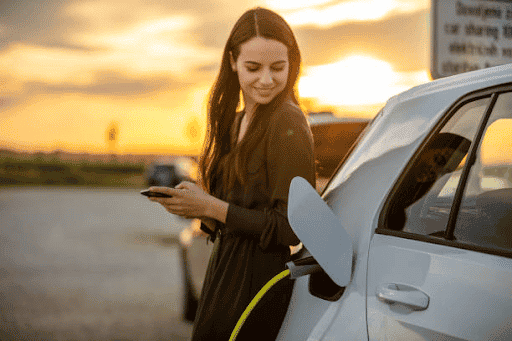
In a nutshell
The Plug and Charge protocol, based on the ISO 15118 standard, is a major technological advance. The process of recharging electric vehicles has been greatly simplified, and deployment of this innovation is imminent.
What's more, the ISO 15118 standard opens up the field of possibilities for future innovations or those currently being rolled out, such as V2G (vehicle to grid: a technology that allows electric current from an electric vehicle's battery to be fed back into the grid) and induction charging (wireless charging). We hope to see these next innovations appear very soon, and we'll be able to tell you more as soon as we've had a chance to test them.
Finally, and more generally, if you would like to find out more about recharging electric vehicles, I invite you to download our white paper who will answer all your questions. If you still haven't found your answer, don't hesitate to contact one of our advisers just here.
What do you think of Plug & Charge? Have you ever wasted time trying to activate recharging at a charging point? Tell us all about it in the comments section.
If you would like to find out more aboutsupport for the installation of charging points for private customers in 2024For more information, see our article on this subject.
